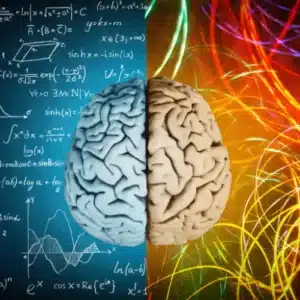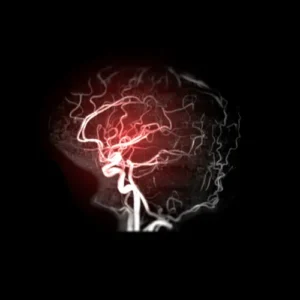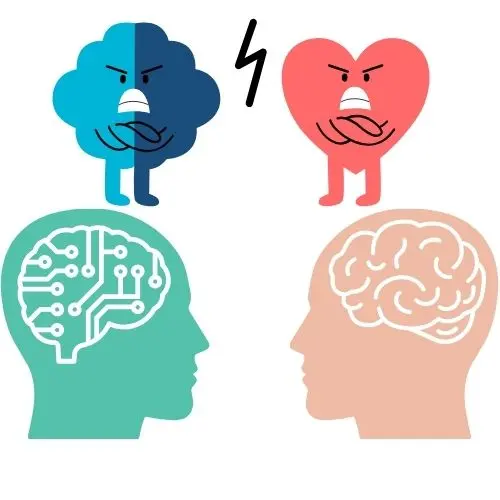Introduction
The human brain contains two separate but connected networks — the learning brain and the survival (reptile)brain. One sees that we are constantly changing, growing, and learning new things — i.e., changing state. In contrast, the other continues its mission of saving us from sticking our hands inside a fireplace, i.e., settling for safety. These adaptations are very different concerning function but were both evolutionary building blocks that enabled some of us to become more intelligent and flee threats better.
Understanding how these modes work can help people regulate how they respond to stress and make decisions more effectively. This skill can strengthen our brain’s so-called “prefrontal learning” networks while weakening the instinctual survival circuits – allowing people to use even hard times for positive transformation and personal growth.
In this article, you will learn the key differences between learning and survival brains—how they are activated differently—and specific tactics for moving in and out of each state more effectively. Nonetheless, this realization of two brain states also helps you to select better how to react and absorb information on life
| Brain System | Learning Brain | Survival Brain |
|---|---|---|
| Focus | Present, future opportunities and challenges | Immediate threats and dangers |
| Environment reads as | Safe (status quo) | Possible risks and threats |
| Mindset | Open, curious, flexible | Closed, defensive, fixed |
| Response to stress | Learns and adapts | Fights, flees or freezes |
| Location | Prefrontal cortex | Amygdala, hippocampus |
The Learning Brain

Our prefrontal learning brain takes central command in non-threatening, safe experiences that encourage exploration and experimentation, like this network in the front of your head, which opens you up to learning, insight, and problem-solving flexible thinking.
The environment registers as safe and secure in learning mode. Stress hormones are low, leaving synaptic connections primed to receive new information so they can grow and change as necessary. It looks at what might be done rather than the bad stuff that could happen. They have a curiosity about them and see the potential, whereas others may only see limitations.
The prefrontal cortex helps by having a top-down position; it can keep you focused on the present — and future even though your limbic emotional regions would have you dwelling in the past. It can be molded by experience, changing how we perceive situations. New ideas are added to old schemas, and the learning brain creates better possibilities for us over time.
The Survival Brain

On the other hand, our instinctual survival circuits take over in an instant whenever danger comes along. Thus, the amygdala emotional processing center and hippocampus memory processor confer control back to ancient hind brainstem triggers for fight, flight, or freeze.
Stress goes into survival mode, flooding the body with stress hormones like cortisol, which gets you primed to fight threats or get away from them. The emotion as a risk register has an unusual feature of reading situations as risks before they are tallied up for opportunities. Nothing comes before self-preservation.
The survival brain is on guard to protect the body, and as such it settles into a lock-and-load posture (please excuse my dry humor). Novelty and ambiguity may create a sense that one may be better off avoiding vulnerability. It quickly learns what had worked for it in the past to survive and becomes heavily reliant on precedent over experiments under stress. It hones in on whatever sparked the stress and lays eggs there.
Triggers For Learning and Survival States

While many life forms start with the basic component of survival that humans also have at birth, a human brain gradually develops higher reasoning abilities as its prefrontal cortex does not fully develop before about age 25. Both systems may be used during childhood based on environmental cues.
Our default state leans heavily on a well-regulated balance between learning and survival networks for most of your and my adult life. However, some triggers inside and outside can tip the balance to either side of this control polarity with devastating force.
- Inner triggers: Intense fear, experiences of trauma or negative life events, poor physical health (i.e., fatigue/dehydration/low blood sugar).
- External triggers: It can happen when you experience external triggers like physical threats, harsh criticism, public embarrassment, chaotic or unpredictable environments, etc.
In the — now-distant past –stress activation was critical to survival; however, nowadays, chronic over-stimulation of survival circuits in exchange for long-term costs for short-term benefits. Persistent stress dampens the prefrontal learning circuits, weakening flexibility of thought and action and rational decision-making.
Navigating Stressful Environments
Given that threats understandably shift our mental posture to risk aversion automatically, how can we maintain learning mindsets even when challenges arise? The intentional practice of consciously activating prefrontal functions despite distress proves helpful:
- Reframe triggers cognitively by challenging fixed crisis perspectives with alternative positive views. See opportunities amid difficulties.
- Use deep breathing/meditation to lower the physical stress response, calming amygdala hyperactivity to foster clearer thinking.
- Practice mindfulness to stay present-focused instead of uncontrollably ruminating on threats or the past/future.
- Self-soothe by fulfilling basic comfort needs and safety, which reduces dependence on primitive stress reactions.
- Challenge automatic assumptions and beliefs with fact-based evidence favoring experimentation over absolutes.
- Lean on social support networks that provide empathy, perspective, and alternate viewpoints.
- Prioritize rest, exercise, and nutrition to maintain robust frontal brain functions that are less reliant on easy survival shortcuts.
Conclusion
We need to know how stress physiologically works on our dual brain systems and make choices based on compassion when navigating both adaptively. Although survival instincts are naturally designed to protect our best interests in the short run, prolonged activation sacrifices the long-term benefits of adaptive and open-minded learning orientations. Most importantly, training those who struggled with self-discipline to use such techniques shifts the actual conscious mind prefrontal learning brain in all circumstances. Practice discerning danger from opportunity, and your life will grow richly.

